The history of Taiwan, and why China wants it back
The Taiwan question
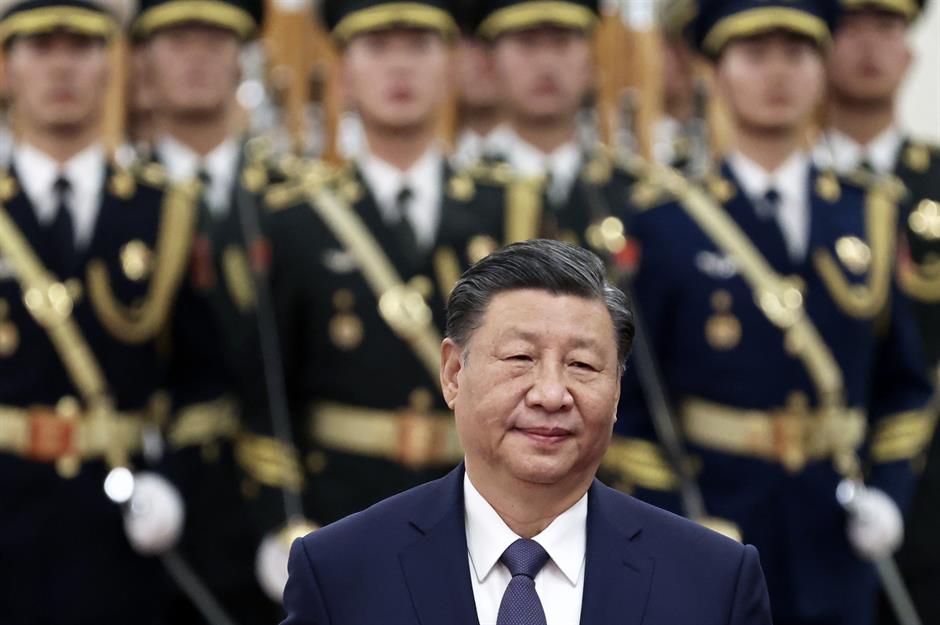
Are tensions between China and Taiwan reaching breaking point? This week, the People's Republic has revealed plans to bolster its military spending by 7.2% and called for "reunification" with Taiwan – notably dropping the word "peaceful" from its pledge.
Read on as we chart Taiwan's historic breakaway and phenomenal rise to prosperity, and how we've got to the current crisis situation. All dollar values in US dollars and historic currency conversions correct for the time.
Taiwan's early history
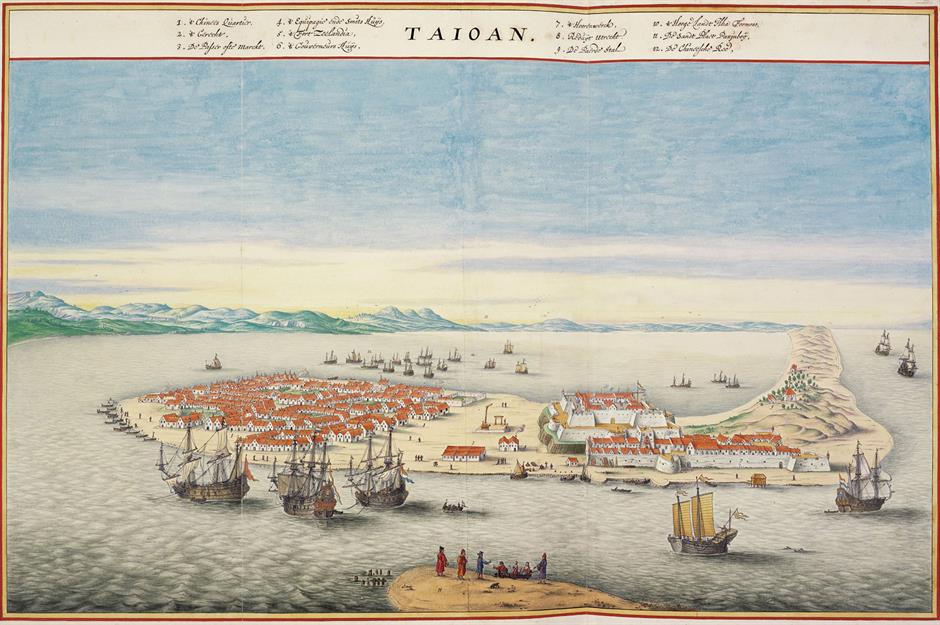
The island once known in the West as "Formosa" was settled around 6,000 years ago by Austronesian tribal people, who are believed to have hailed from what is now southeast China. The first reference to it in Chinese records dates back to 293AD.
The first Han Chinese settlers arrived in the nearby Penghu Islands during the 13th century. Large-scale Han Chinese immigration, however, didn't begin until the early 17th century, when Taiwan was colonised by the Dutch.
Chinese and Japanese colonisation
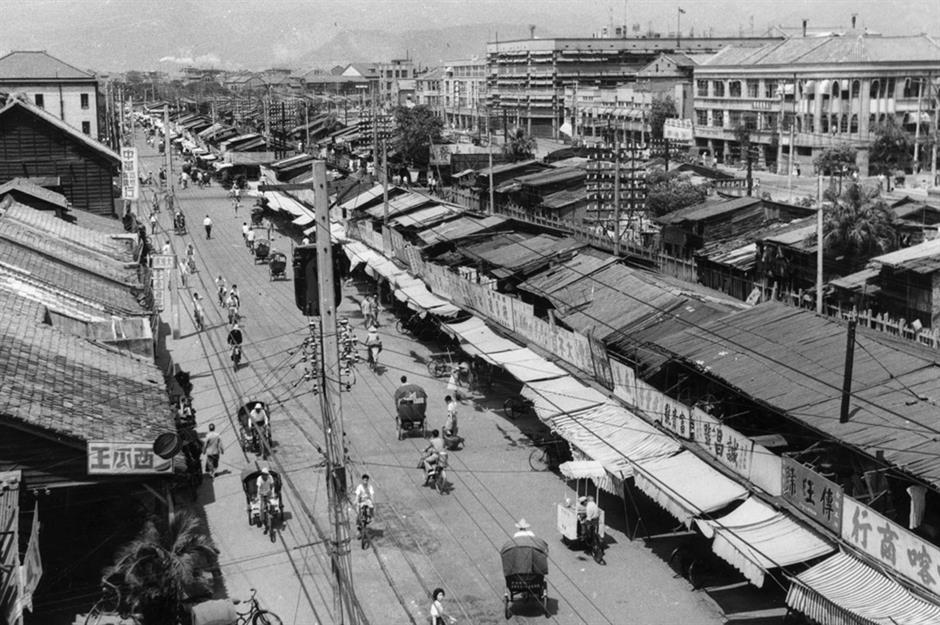
The island was annexed by China's Qing Dynasty in 1683 and remained part of the Qing administration until 1895, when it was ceded to the Japanese.
Following World War II, Japan gave up its Chinese territory. As one of the victorious parties in the conflict, the Republic of China (ROC) took control. During the communist takeover of the mainland in 1949, however, the ROC's leadership fled to Taiwan and the mainland became the People's Republic of China (PRC).
Republic of China holdout
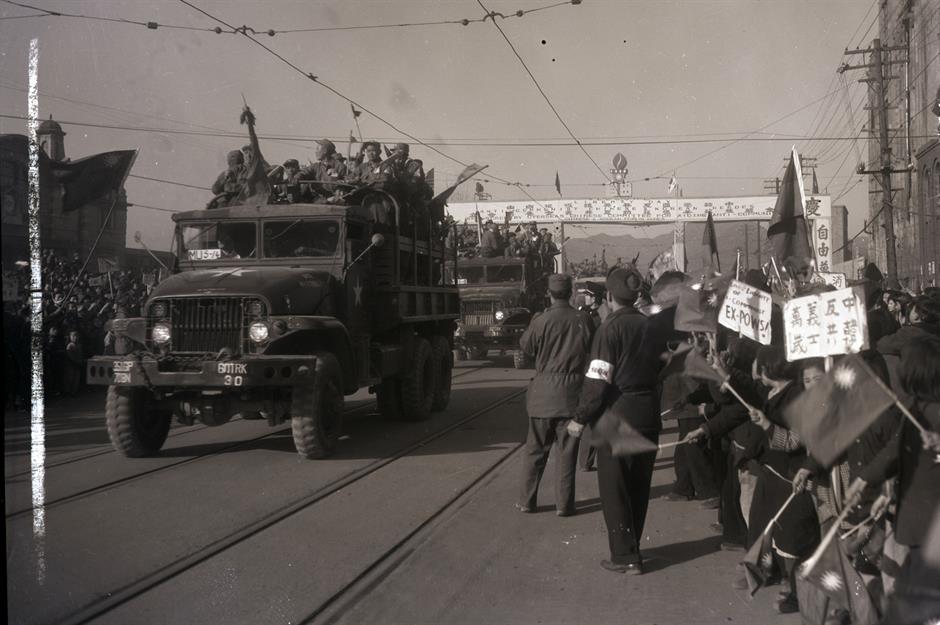
Having resisted the communists of the PRC, the island of Taiwan and several smaller surrounding islands became the only remaining territories of the ROC. The Republic of China is Taiwan's official name to this day, and the capitalist nation was ruled by the ROC leadership as a one-party dictatorship until democratic reforms in the late 1980s and early 1990s.
Non-sovereign country
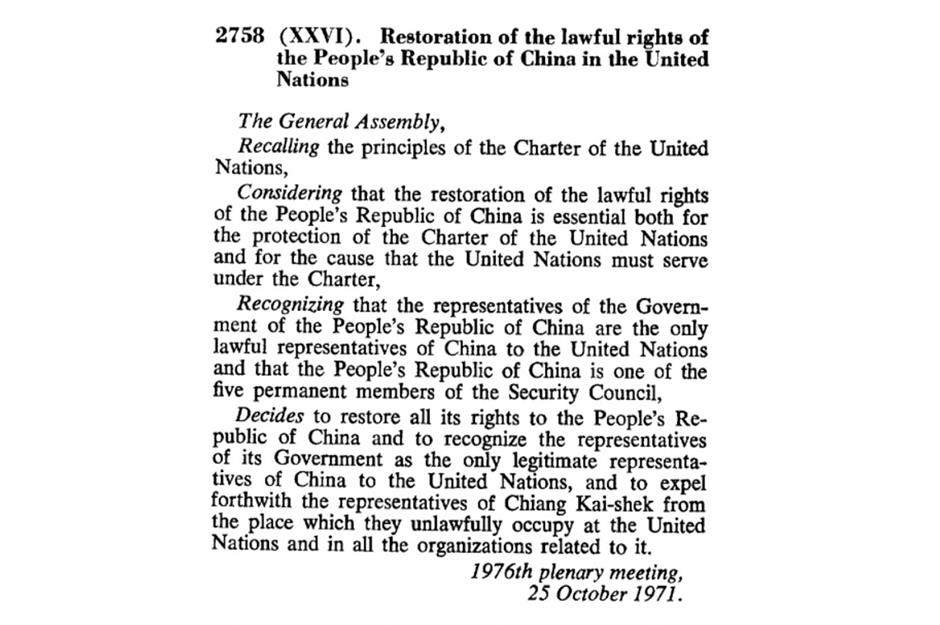
Taiwan's status as an independent sovereign country, separate from mainland China, has been controversial over the years. Taiwan was expelled from the UN in 1971, with its seat on the Security Council taken up by the PRC instead. Today, very few foreign countries recognise it. In fact, only 14 out of 193 UN member states – including Guatemala, Haiti, and Paraguay, as well as the Holy See (the government of the Roman Catholic church) – maintain full diplomatic relations with it.
Economic woes
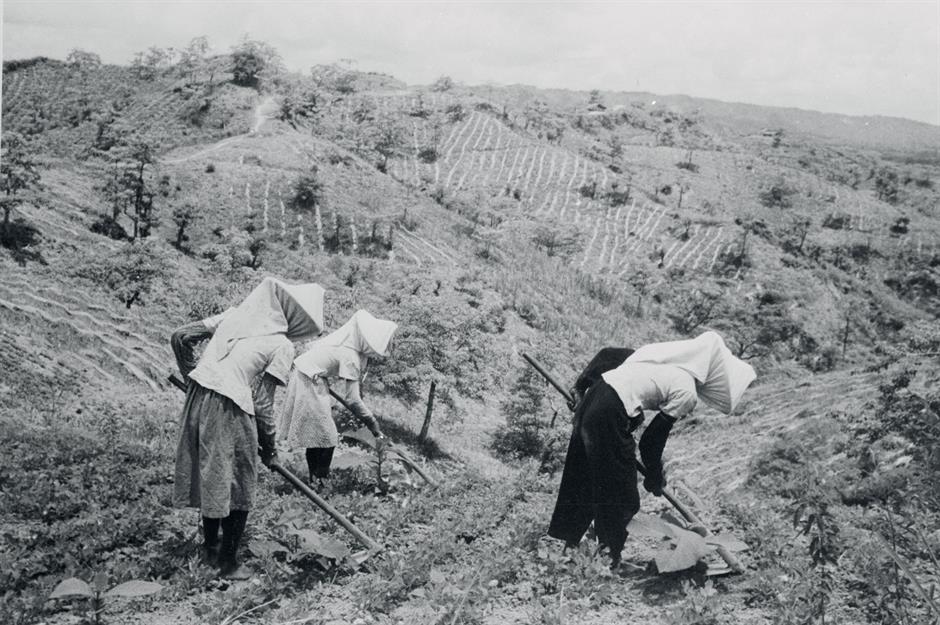
During the late 1940s and early 50s, the economic forecast in Taiwan was bleak, with the country reliant on US aid. With precious few natural resources, a difficult land-to-population ratio, and a disreputable government, the future appeared to be unpromising. However, Taiwan actually had plenty in its favour.
Economic advantages
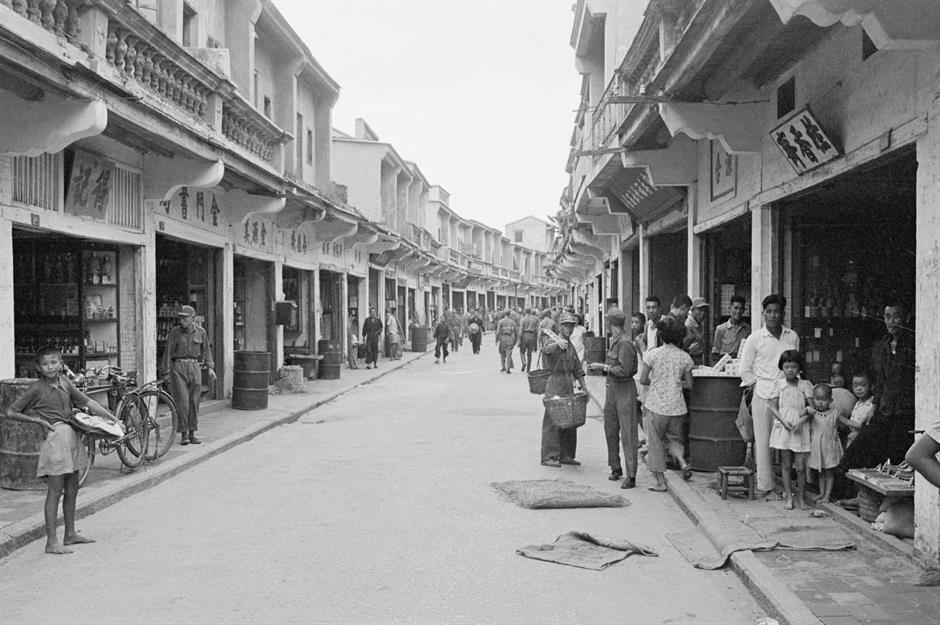
As well as having access to American aid and expertise, there was a burgeoning manufacturing base inherited from the Japanese, high numbers of wealthy, educated people from the elites who had escaped the communist mainland, and a cheap, highly competitive workforce that boasted a strong work ethic.
Economic reforms
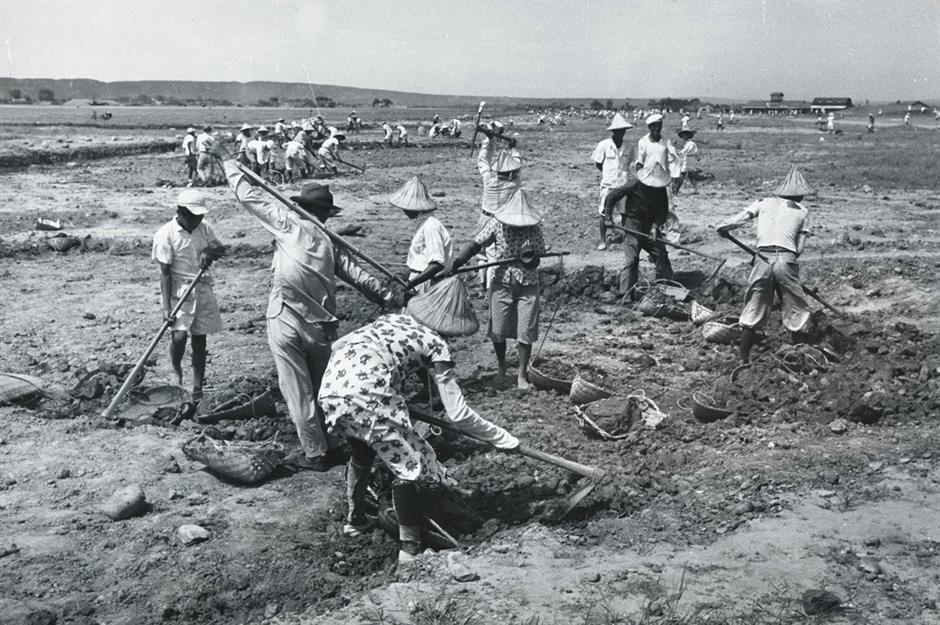
To get around the nation's economic disadvantages and play to its strengths, the Taiwanese leadership enacted land reforms, which liberated the workforce from the agricultural and manufacturing sectors. Taiwan also invested in education and used the aid from America to build factories. The factories made products that were exported to wealthy Western countries, which could be easily undercut in price.
Made in Taiwan ROC
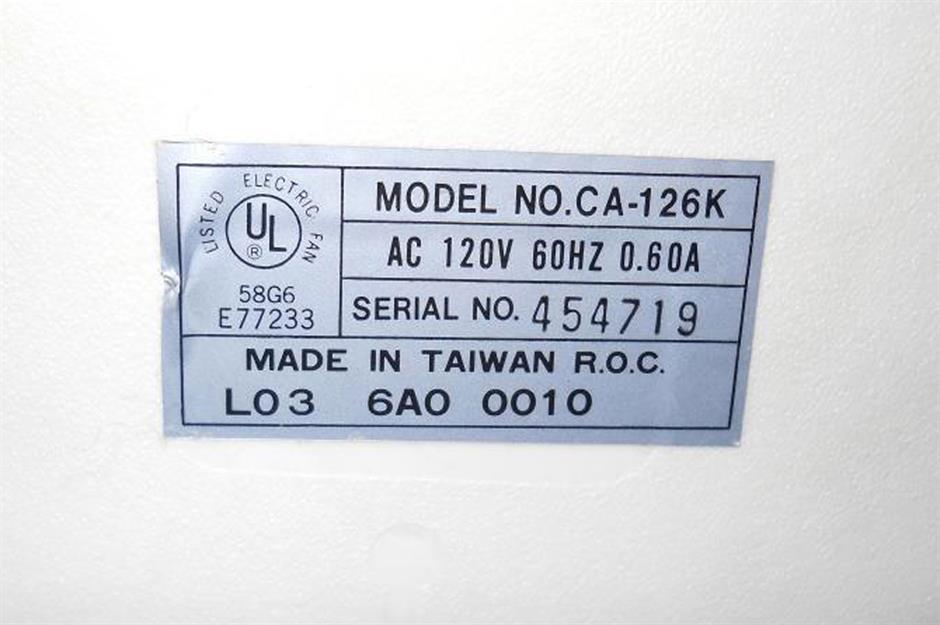
Starting with textiles and clothing – and swiftly moving on to appliances, electricals, and other, more complex consumer goods – Taiwan's growing number of factories began churning out a vast array of products destined for the West. "Made in Taiwan ROC" labels and stickers soon became ubiquitous on items in North America and Europe, appearing on everything from TV sets to refrigerators.
Foreign investment
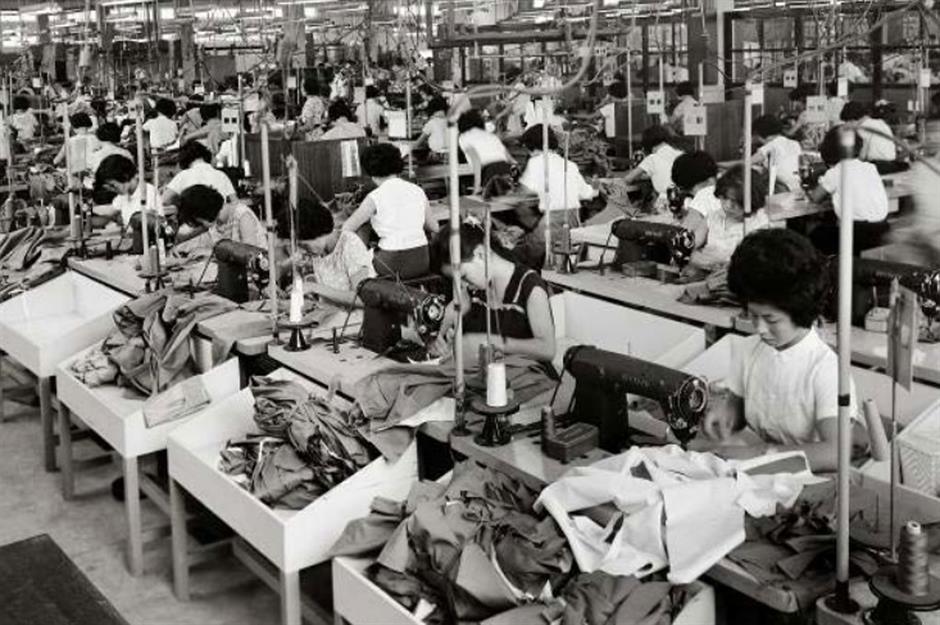
Foreign investors were drawn to the nation, taking advantage of both the abundant cheap labour and the business-friendly government, as well as the lack of regulation and independent trade unions. American firm General Instruments was the first Western company to set up an electronics assembly plant in the nation, which went into operation in 1964.
Economic powerhouse

Taiwan's plethora of factories transformed the nation into an economic powerhouse during the late 1950s and 60s, with the country marching full steam ahead. Ironically, the People's Republic of China was going backwards during this period, thanks to the horrors of the Great Leap Forward economic plan (1958-62) and the turbulence of Chairman Mao's Cultural Revolution (1966-76).
Taiwan Miracle
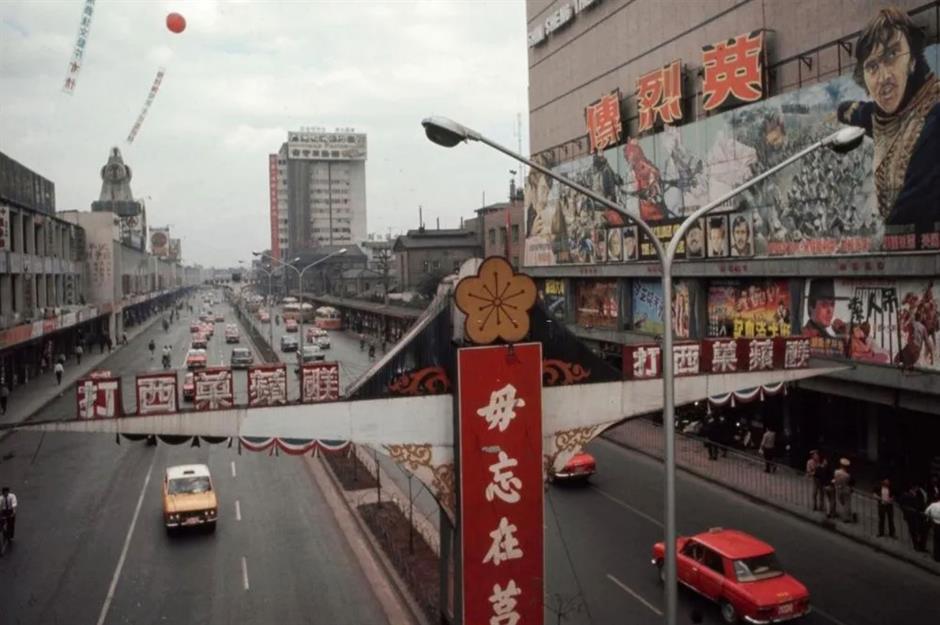
This extremely rapid exports-driven industrialisation has been dubbed the "Taiwan Miracle". The country became one of the "Four Asian Tigers" along with South Korea, Singapore, and Hong Kong. The four were united by their stellar financial growth from the 1960s, powered by fast-moving industrialisation and a booming exports market.
GDP growth
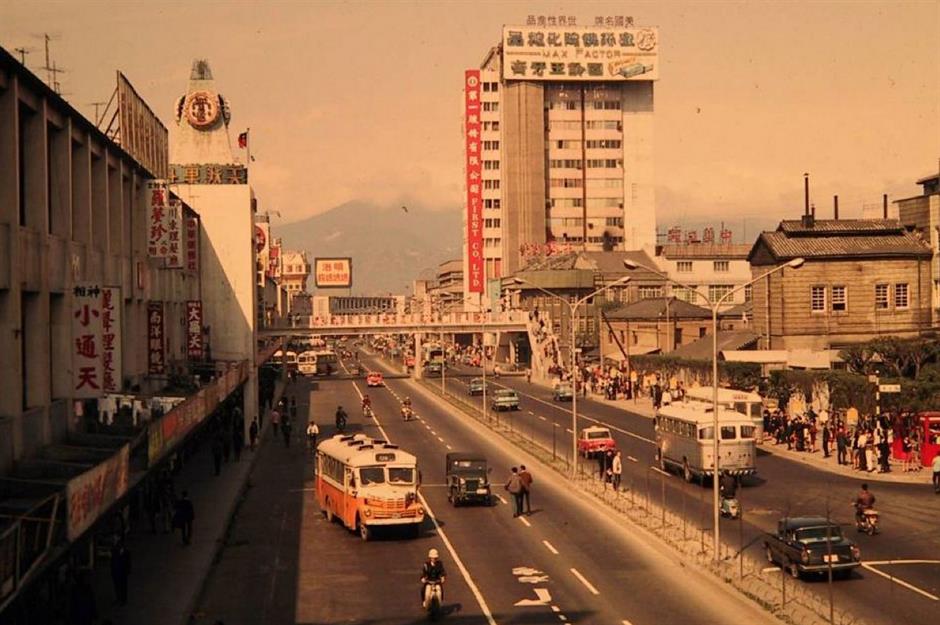
Taiwan's real GDP grew by an astonishing 10% per year on average during the 1960s and 70s, with the country cementing itself as one of the world's leading manufacturing hubs. At the same time, the nation's healthcare, education, and general standard of living were all improving dramatically, with Taiwan heading towards near-parity with wealthy Western countries.
Maturing economy
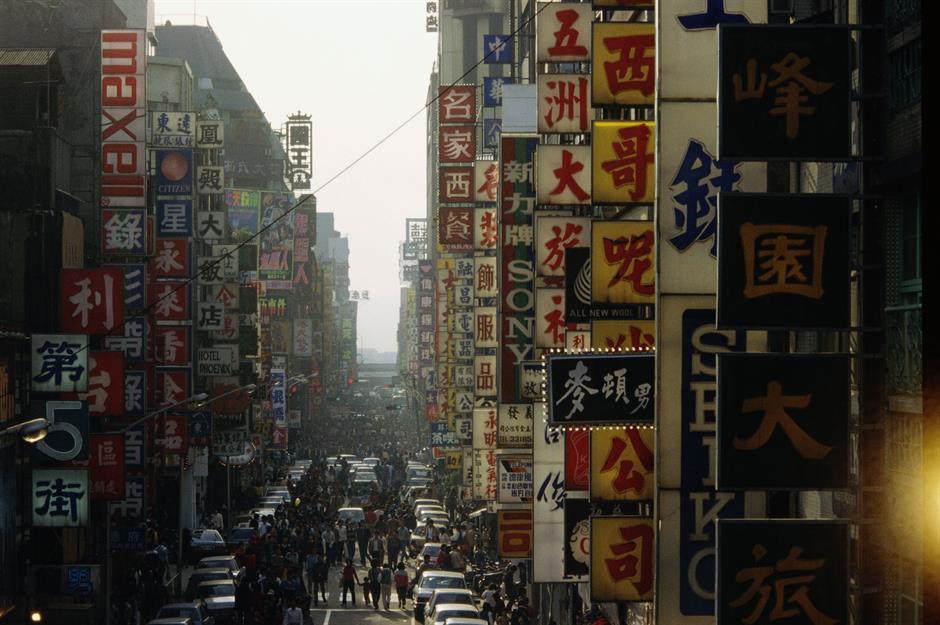
This rapid economic growth continued into the late 1980s. As the economy began to mature during the 1990s, however, the pace began to slow, with Taiwan transitioning from manufacturing towards a knowledge-based service economy. The focus was moving towards the burgeoning IT sector, with now-renowned firms such as Acer and ASUS being founded.
Offshoring boom
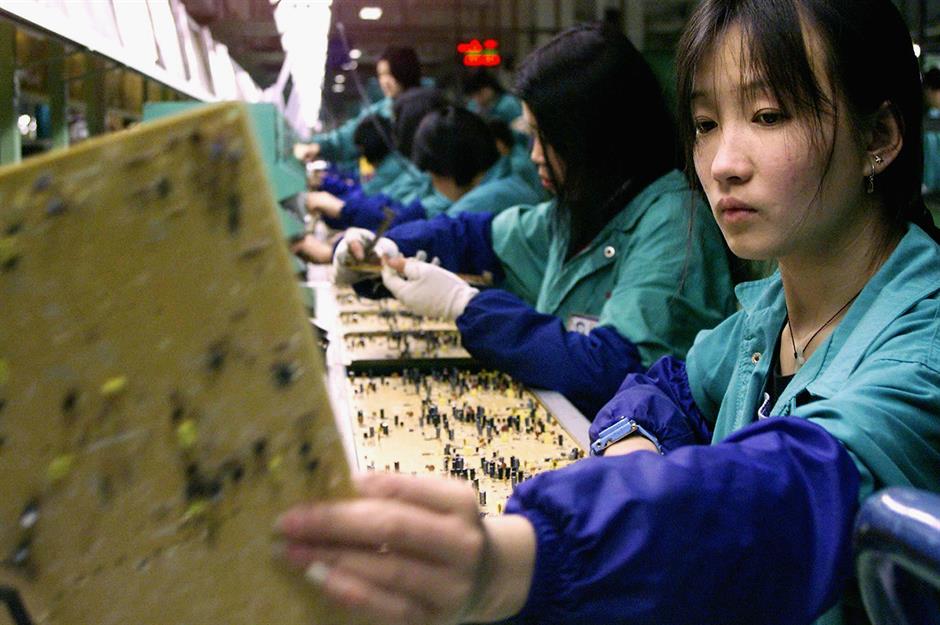
Democratic reforms led to the strengthening of trade unions during the 1990s, making labour more expensive in Taiwan. Coupled with the lifting of restrictions on offshoring to mainland China in the early 2000s, which by this time was experiencing the sort of economic liberalisation and growth that Taiwan had enjoyed in the 1960s, this resulted in a mass exodus of production to the PRC.
Increasing prosperity
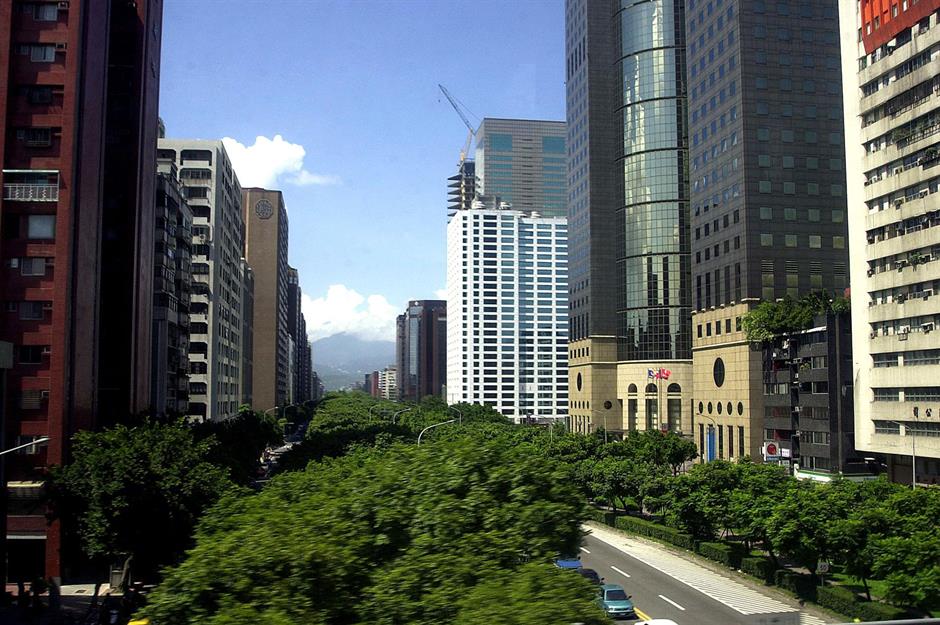
In 2001, Taiwan's GDP per capita stood at $13,357, putting it on a par with highly developed Western countries such as New Zealand and Portugal, and outpacing countries such as Saudi Arabia, Oman, and South Korea. The People's Republic, on other hand, had a GDP per capita of just $1,045 that year, similar to the Republic of the Congo and Nicaragua.
Wealthy nation
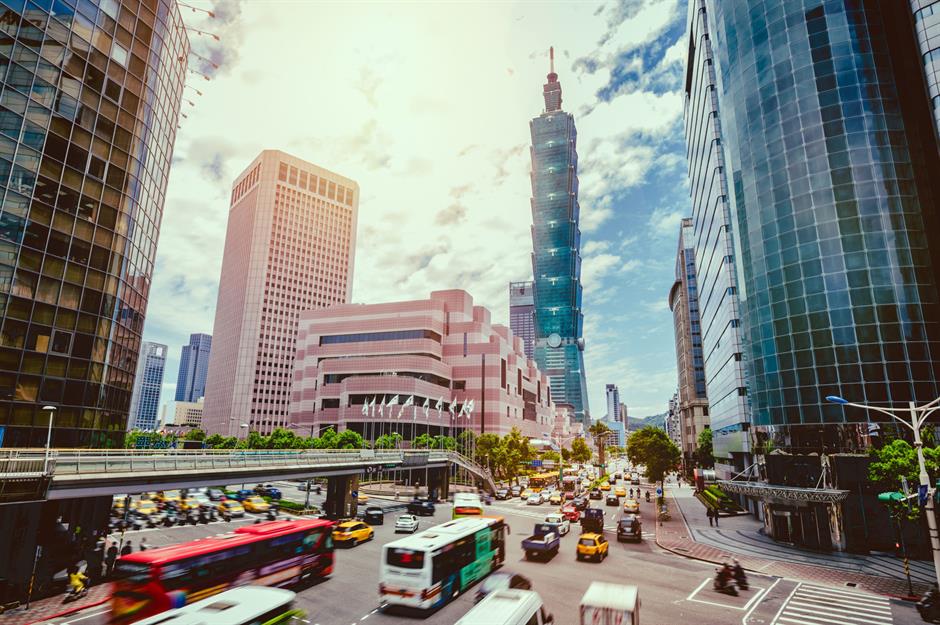
Taiwan's GDP per capita is estimated to have surpassed $32,000 in 2023, which is higher than that of other prosperous nations such as Spain and Kuwait. The PRC's figure has improved significantly since 2001 – but at an estimated $12,500 last year, it's still almost three times lower than Taiwan's. In this respect, the country clearly has some way to go before it catches up.
Recent growth
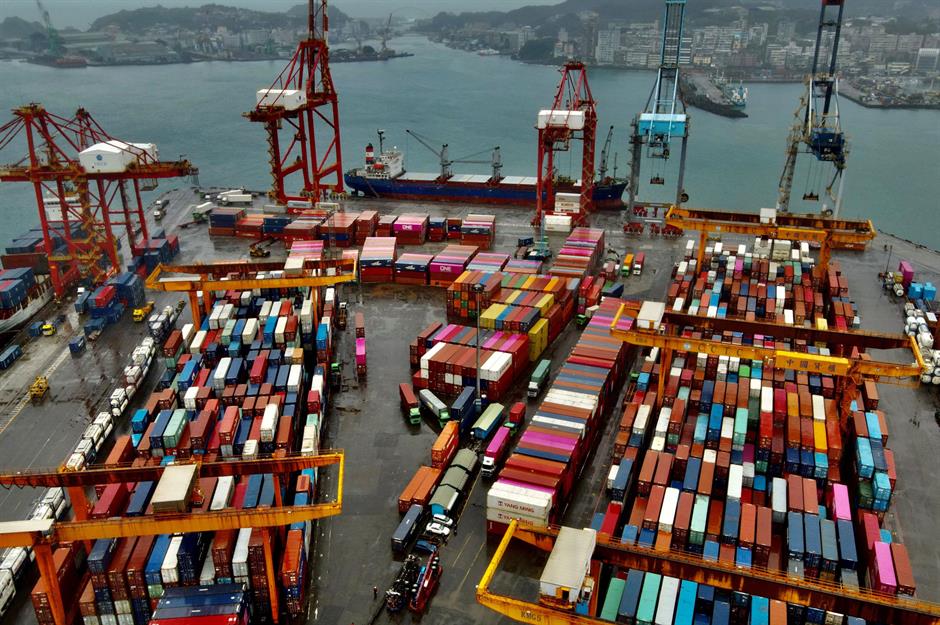
Due to its successful handling of the COVID-19 pandemic, Taiwan beat China's GDP growth rate in 2020, recording 3.11% against China's 2.3%. However, China's economy exploded by 8.1% in 2021, while Taiwan's grew by 6.28% – and in the two years since, China has maintained this lead, recording GDP growth of 5.2% in 2023 compared to Taiwan's 1.31%.
Superior economy
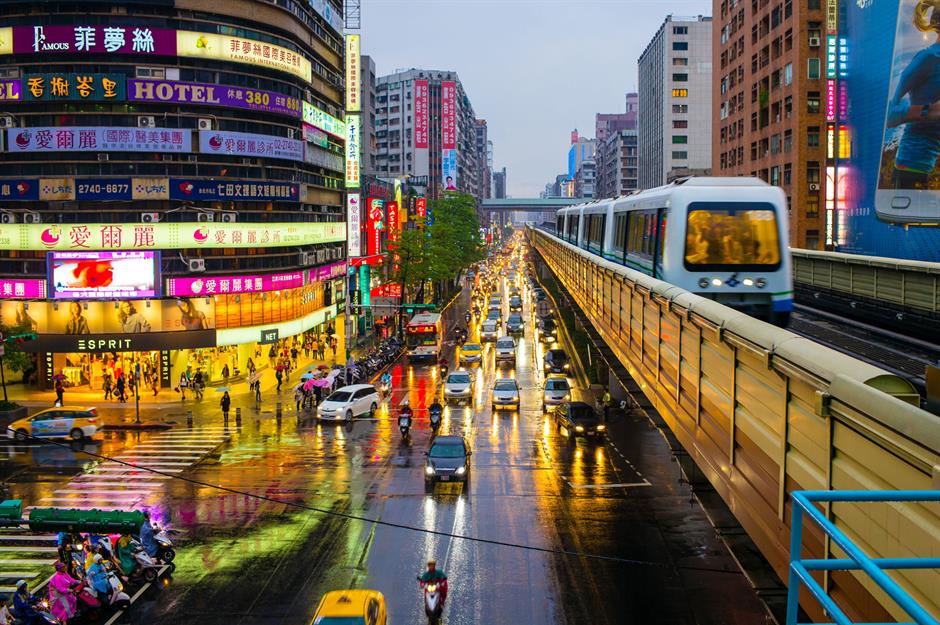
Be that as it may, Taiwan leads the way with respect to several other economic indicators. The nation has less debt as a percentage of GDP, for example, with the figure standing at 29.7% in December 2022 (the last year for which reliable data is readily available). China's equivalent figure hit an astonishing 287.8% in 2023.
Strong credit rating
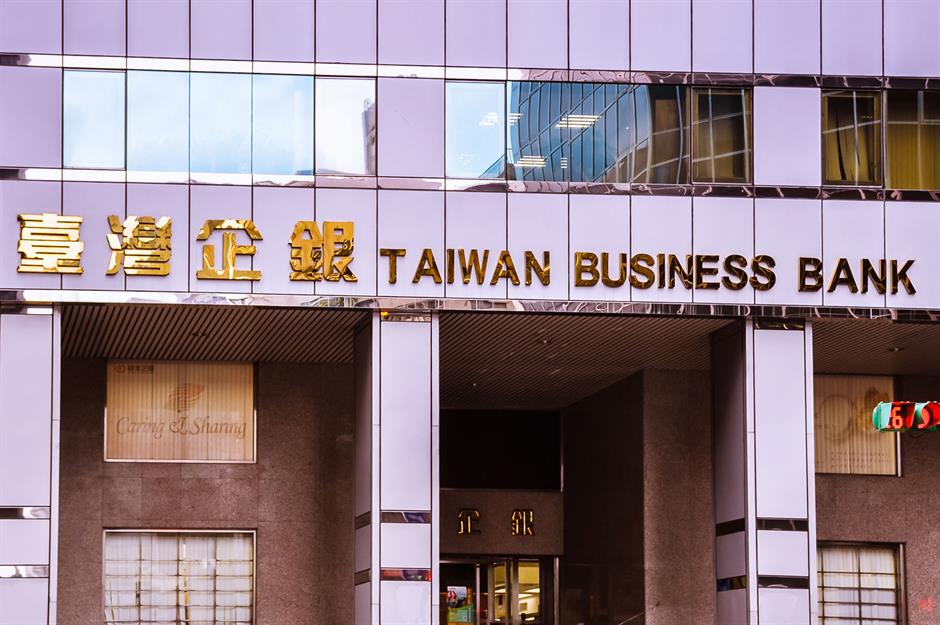
Looking at credit ratings, Taiwan beats the PRC comfortably too. Moody's has assigned an A1 rating to China, which is one notch below Taiwan's Aa3 rating. Taiwan has also received a higher score from the other leading ratings agencies, S&P and Fitch, meaning it's at less of a risk of defaulting on its debts. Nevertheless, China's ratings are still very robust.
Stellar competitiveness

Taiwan is also considered a lot more competitive than the People's Republic. According to the IMD's World Competitiveness Ranking 2023, Taiwan is the ninth most competitive place on the planet, while China is placed 19th.
Excellent transparency
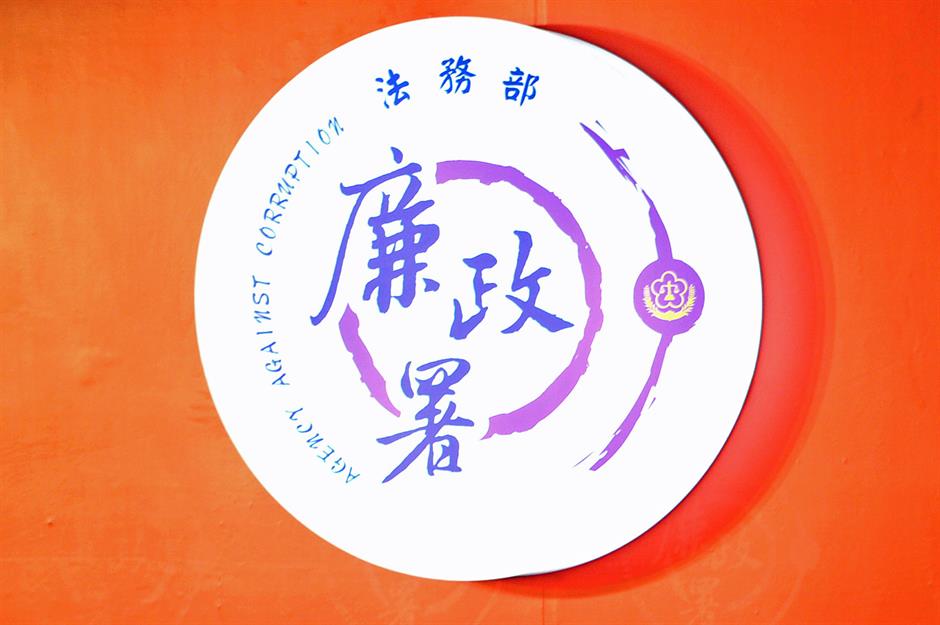
It's also interesting to note that corruption is a major problem in the PRC, yet significantly less prevalent in Taiwan. Taiwan scores 67 on Transparency International's latest Corruption Perceptions Index, just two points lower than the US, which makes it the 28th least corrupt nation in the world. Meanwhile, China has a score of 42, making it the joint 78th least corrupt.
High salaries
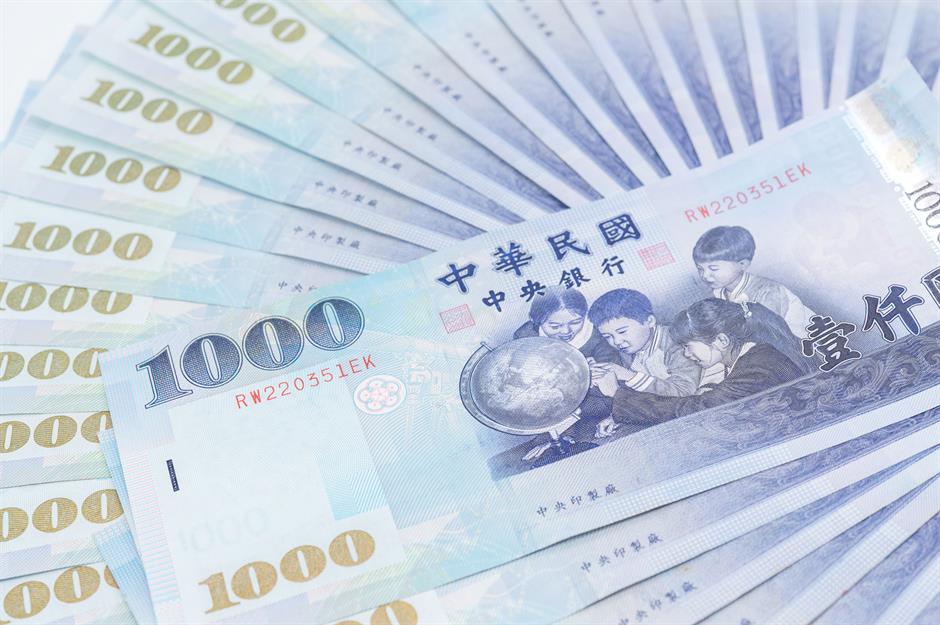
Looking at other comparisons, Taiwan's national minimum wage is $882 (£695) a month, while the highest in China – where figures are set on a local level – is only $370 (£292), which is the current minimum wage in Shanghai. This is reflected in the average monthly wage. In Taiwan, the figure is 58,545 New Taiwan dollars, which works out to around $1,855 (£1.5k). The equivalent figure in the PRC stands at around $1,430 (£1.1k), according to TeamedUp China.
Tax rates
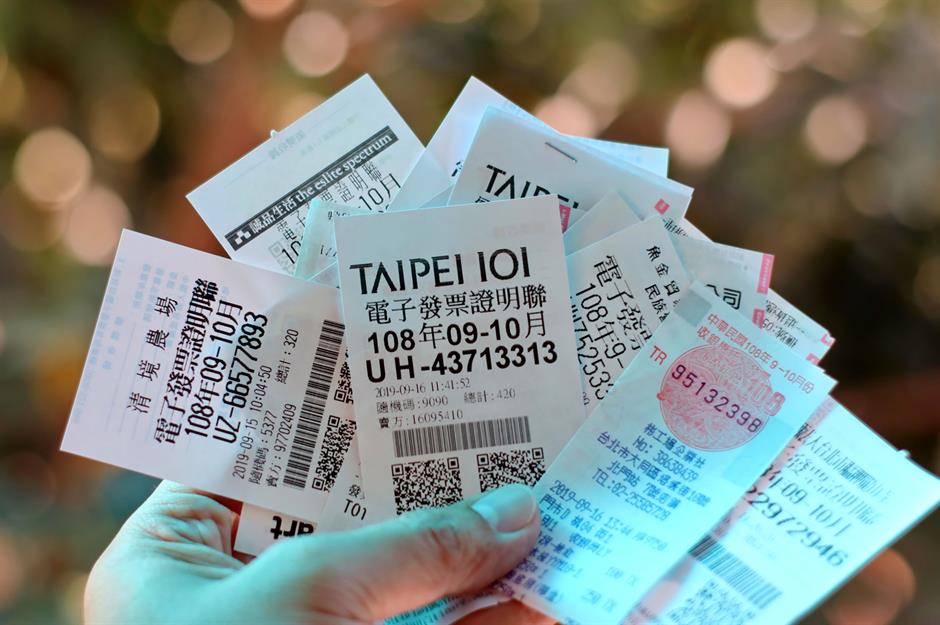
Tax-wise, VAT is generally a lot higher in China. The country has a multiple VAT rate system, with the highest levy coming in at 13%. The standard rate in Taiwan is only 5%. The top rate of tax is higher in the People's Republic at 45%, with Taiwan's highest rate set at 40%.
China's advantages
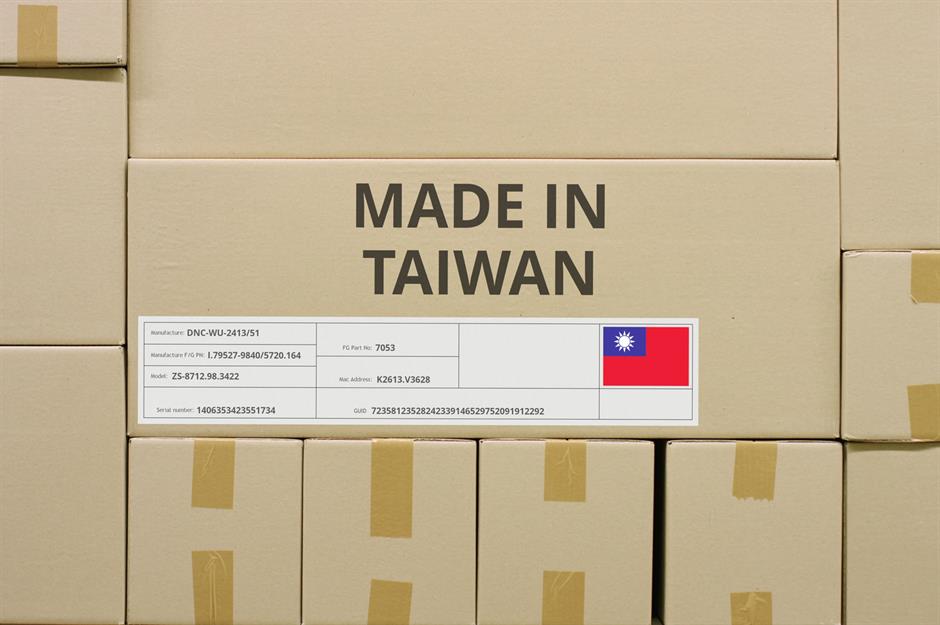
However, China does have the edge over Taiwan in several other respects. The People's Republic is a lot less reliant on exports to fuel its economy, which could be seen as a distinct advantage, and has a slightly lower registered rate of unemployment.
China's gains
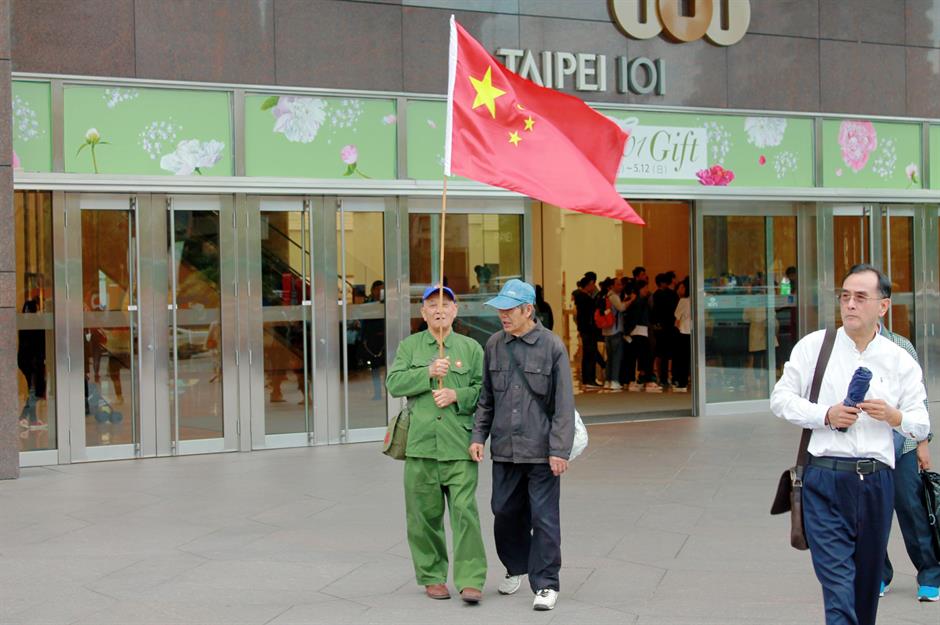
So what do both countries have to gain from unification, if such a thing were on the table? As well as "reuniting the motherland", China would obviously benefit greatly from absorbing a much more developed and advanced economy, and would also gain a distinct strategic advantage in the Asia-Pacific region. Bringing a democratic territory into the fold could also help quell separatist sentiment on the mainland.
Semiconductor prize
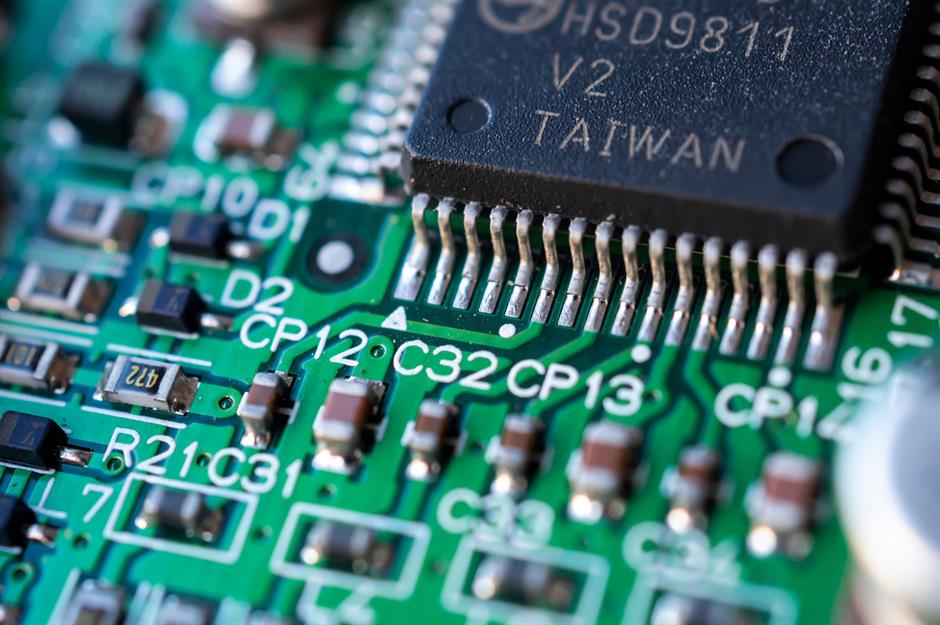
One prize the PRC no doubt has its eyes on is Taiwan's key position in the global semiconductor supply chain. Semiconductors are crucial for the modern tech-driven economy, and China is extremely reliant on chips, yet has no control of the essential resource. Absorbing Taiwan would help it gain a valuable foothold and also challenge America's dominance in the field. Unification, however, could spell trouble for China, since it could destabilise the wider region, as well as antagonising the West.
"Break China's stranglehold"
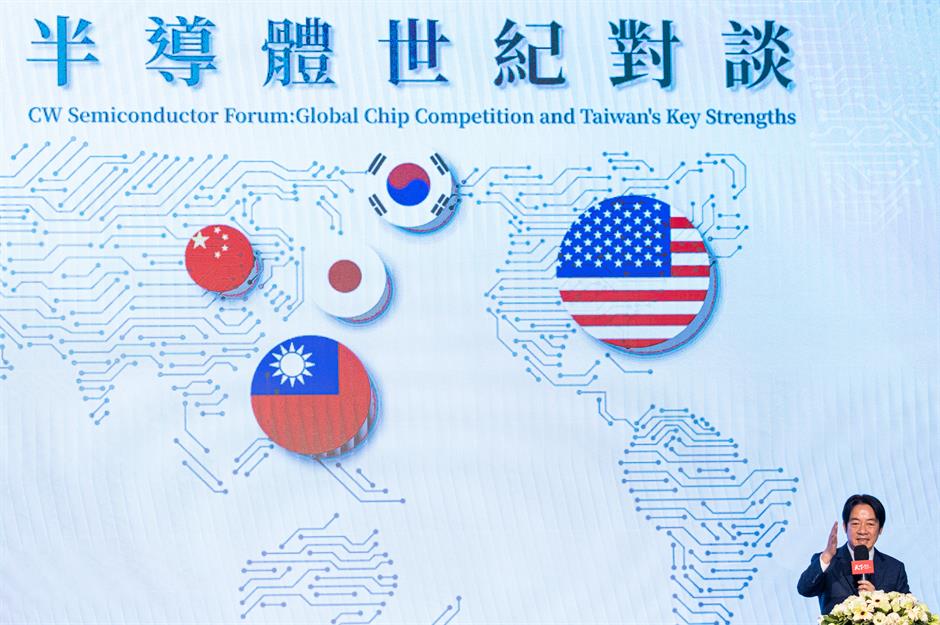
In fact, with tensions rising, semiconductors have emerged as a powerful bargaining tool. According to India Today, Taiwan – which accounted for 7% of the global semiconductor industry in 2023 – is looking into shifting its semiconductor manufacturing to India to "break China's stranglehold". Dubbed "democracy chips" by President Tsai Ing-wen, who said that "Taiwan is willing and able to strengthen cooperation with democratic partners in building sustainable supply chains" during a visit from Indiana governor Eric Holcomb in 2022, it's clear these tiny computers could play a huge role in global relations.
Taiwan's gains
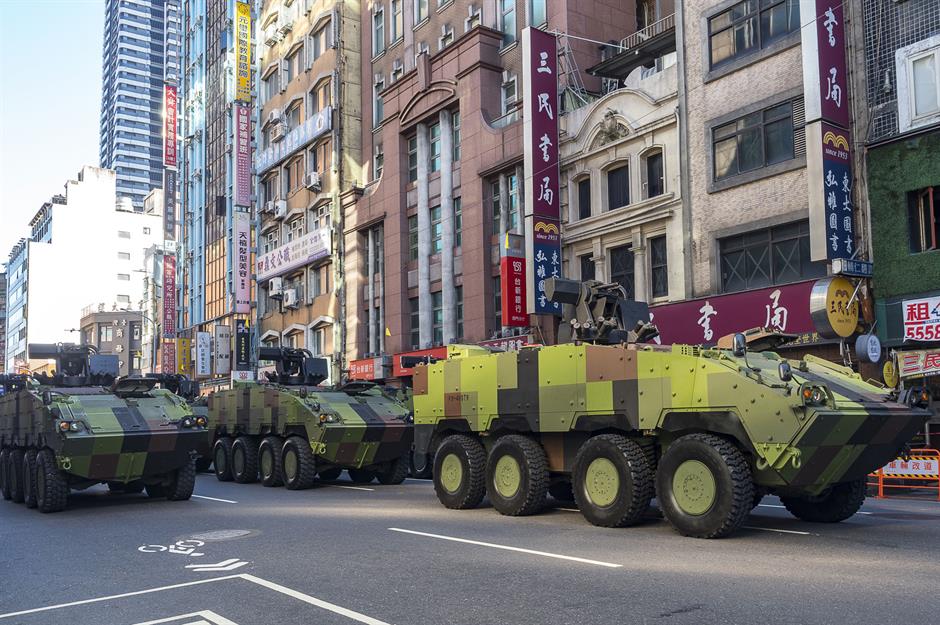
Taiwan, generally speaking, has much less to gain from unification with China. Among the potential advantages would be greater security and a reduction in spending on defence, given that the threat of war with the People's Republic would vanish. Other pros include seamless trade with mainland China, a flood of investment from the mainland, and a possible boost in GDP growth as a result.
Trade troubles
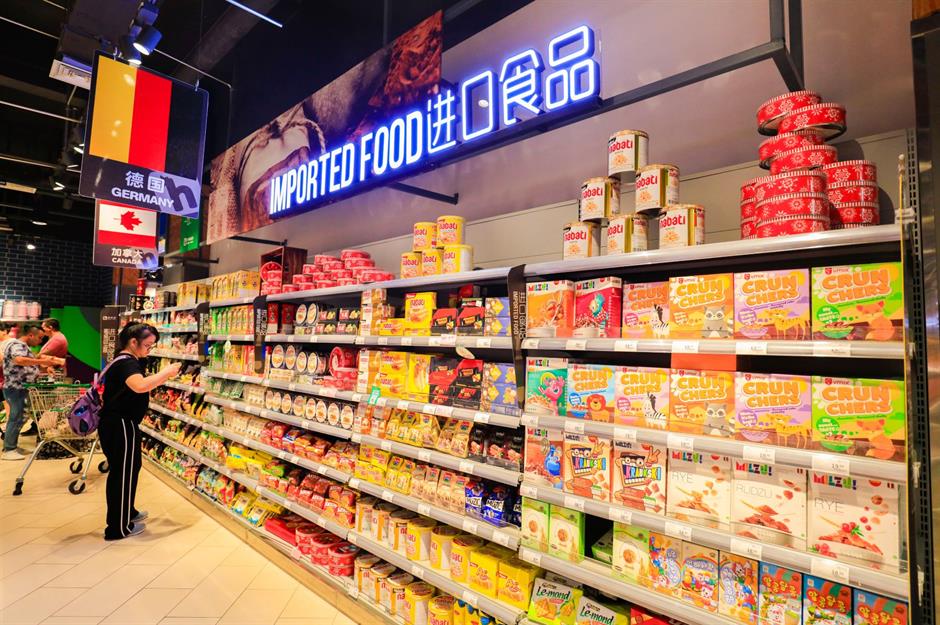
Without seamless trade, Taiwan's economy is arguably under threat. On 3 August 2022, China announced an import ban on Taiwanese citrus fruits and certain types of fish. Although Chinese officials said the measures were introduced because of "excessive pesticides" and the threat of COVID-19 transmission, Taiwan took the move as a violation of international trade norms, with Taiwan's Council of Agriculture estimating the import ban would affect around 620 million Taiwanese dollars-worth of goods, the equivalent of around $20 million (£16.9m).
China followed this up with more bans in December that year. In 2023, Taiwan retaliated by banning the import of more than 2,500 Chinese products, a move the Chinese government denounced as a "trade barrier."
Trade troubles
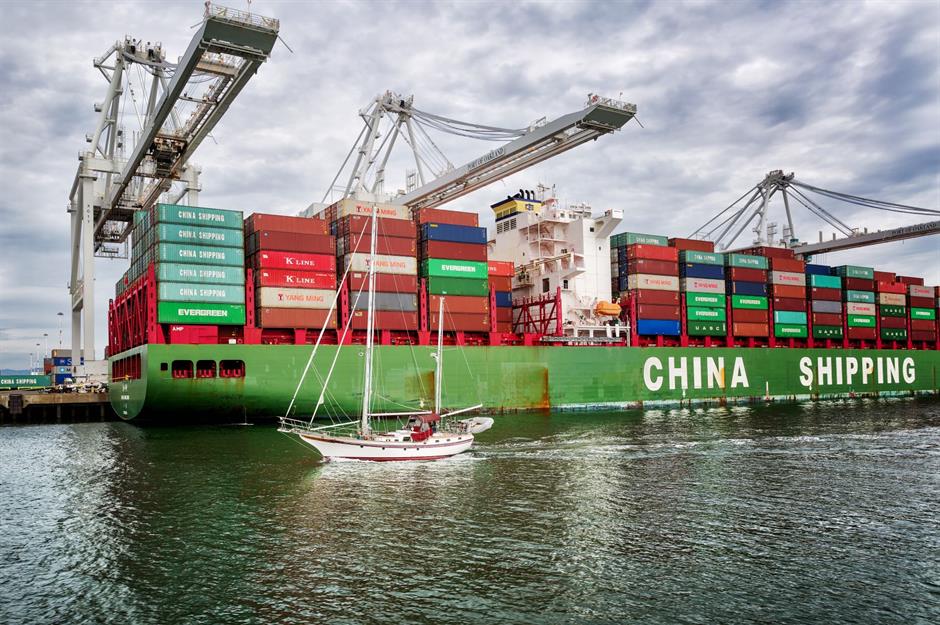
But China doesn't hold all the cards. According to a report published in 2022 by China's Ministry of Public Security and Ministry of State Security, a staggering $2.6 trillion (£2.2tn) could disappear from the global economy if major players such as the US and Japan impose trade sanctions on the People's Republic to protest its treatment of Taiwan. This figure is comprised of an estimated $1.34 trillion (£1.1tn) that China gains from exporting to OECD countries and $1.27 trillion (£1.08tn) that OECD countries gain from exporting to China.
Taiwan's losses
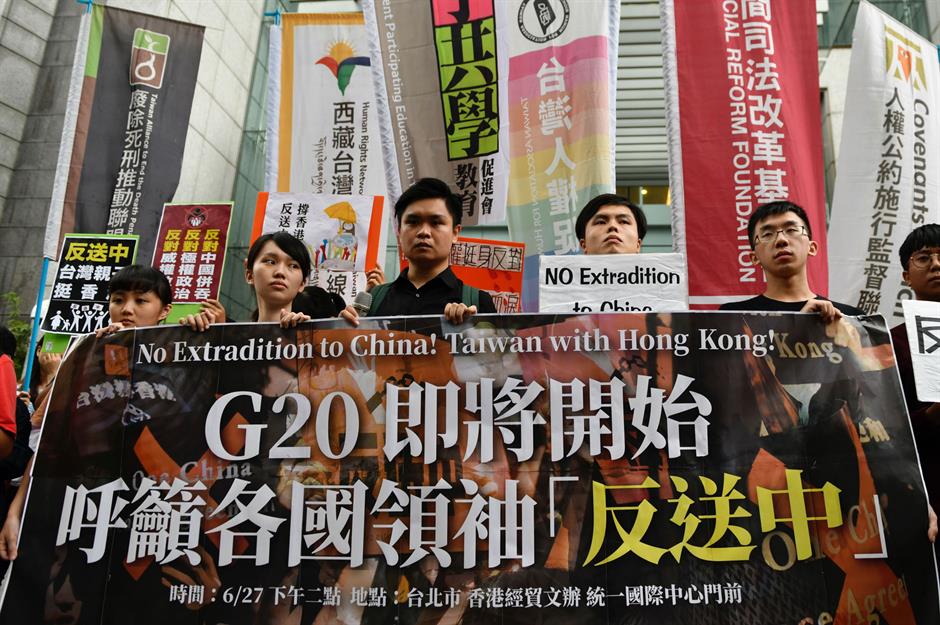
Despite the risks associated with disrupted trade, Taiwan has plenty to lose from unification including, most obviously, its cherished and hard-won democratic freedoms. While the PRC government has promised to protect the nation's autonomy, it's worth bearing in mind that it also vowed to safeguard Hong Kong's autonomy based on the "one country, two systems" principle. Yet the past few years have seen a crackdown on basic civil rights there.
Chinese sanctions
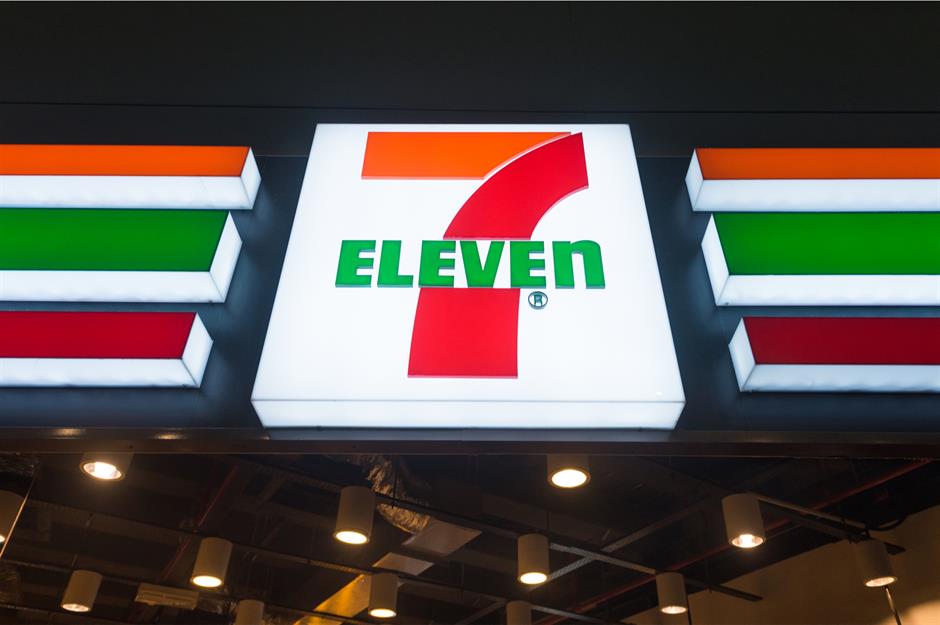
Both companies and countries have been getting caught in the crossfire between China and Taiwan. In December 2021, the Japanese operator of the American convenience store chain 7-Eleven was fined 50,000 yuan ($7,875/£5,770) for describing Taiwan as an independent nation on its corporate website. The Beijing government issued the fine and claimed the description was "a wrongful act", while a spokesperson from 7-Eleven said the company "sincerely accepts" the punishment.
Chinese sanctions
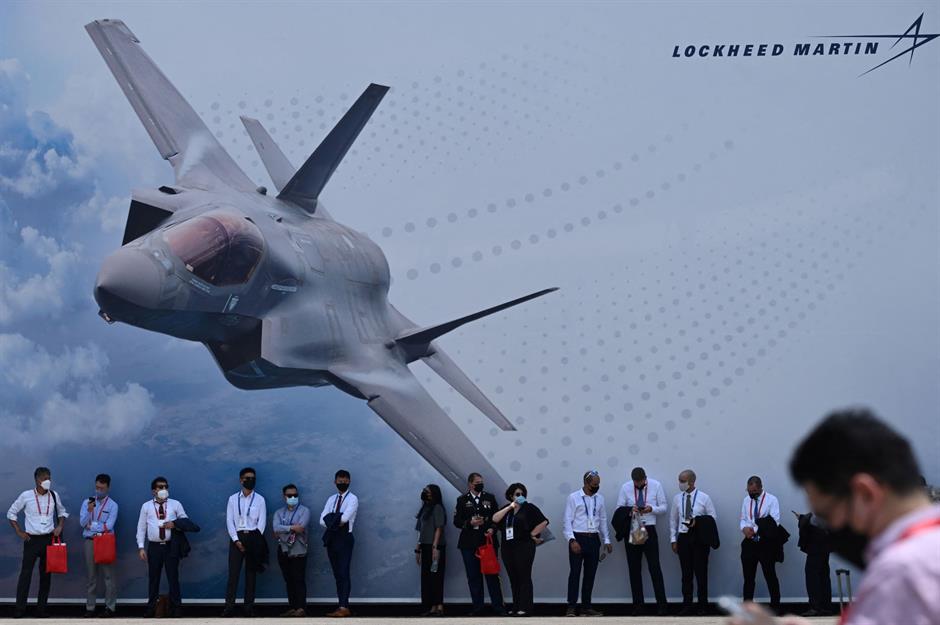
Other US firms to have been hit by Chinese sanctions over Taiwan are the defence corporations Lockheed Martin and Raytheon Technologies. In February 2022, it was revealed the companies planned to sell around $100 million (£74m) worth of arms to Taiwan, prompting Chinese foreign ministry spokesman Wang Wenbin to announce that China "once again urges the US government and relevant parties... to sever military ties with Taiwan." It's the third time China has sanctioned the two companies.
Powerful ally
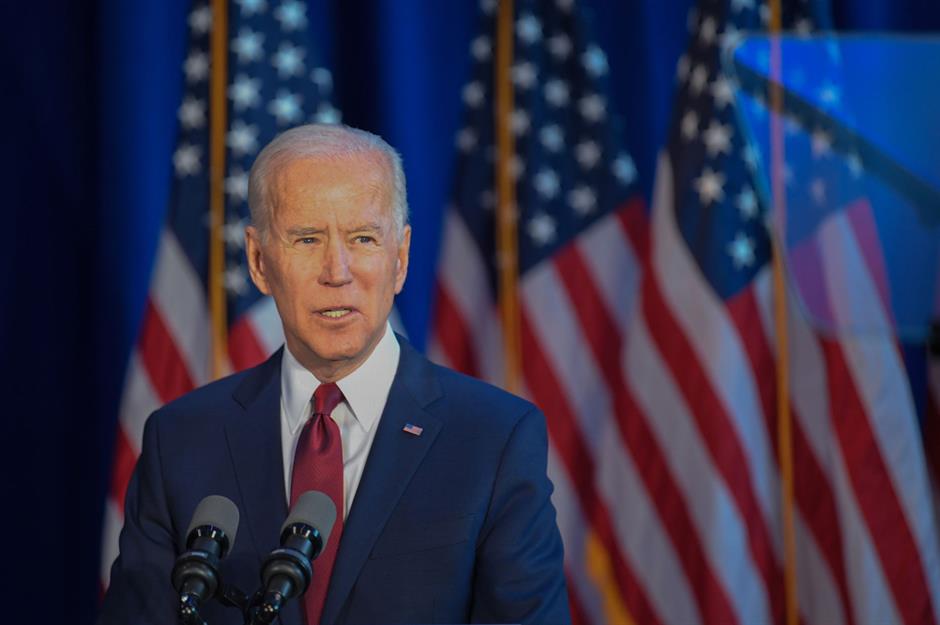
Opinion polls show that the vast majority of people in Taiwan wish to maintain the status quo, with almost 90% of the population identifying as Taiwanese rather than Chinese. In fact, the ruling Democratic Progressive Party (DPP), led by President Tsai Ing-wen, won a landslide election in 2020, partly thanks to its vow to stand up to the PRC. Although Tsai Ing-wen was ineligible to be reelected in the most recent elections, which took place in January, DPP vice president Lai Ching-te walked to victory and will be inaugurated in May.
This stance is supported by the US, with President Biden saying during a 2022 press conference in Tokyo that America would defend Taiwan if the People's Republic attacked. He compared a potential Chinese invasion of Taiwan to the ongoing Russian war in Ukraine, saying that if the US doesn't condemn Russia "then what signal does that send to China about the cost of attempting to take Taiwan by force?"
Foreign support
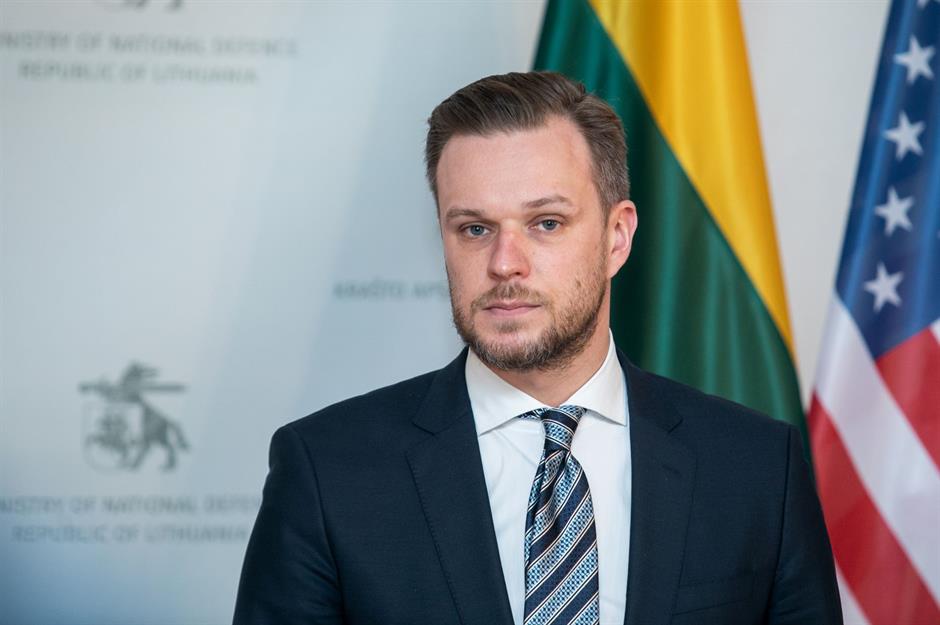
As well as America and Japan, which sent a delegation of lawmakers to the island in August 2022, other countries have also come out in support of Taiwan. Lithuania sparked fury from China when it was revealed that the Eastern European nation had opened a Taiwanese Representative Office in the capital of Vilnius. Officially, other countries typically refer to Taiwan as Taipei; referring to the "Taiwanese" is seen as an acknowledgment of Taiwan's autonomy. In protest, China hit Lithuania with trade sanctions, including suspending imports of Lithuanian beef and forbidding German factories in China from using Lithuanian components. In a gesture of support, Taiwan increased its imports from Lithuania, including a shipment of 20,000 bottles of rum that China refused to accept. (Lithuania's minister of foreign affairs, Gabrielius Landsbergis is pictured).
Severing diplomatic ties
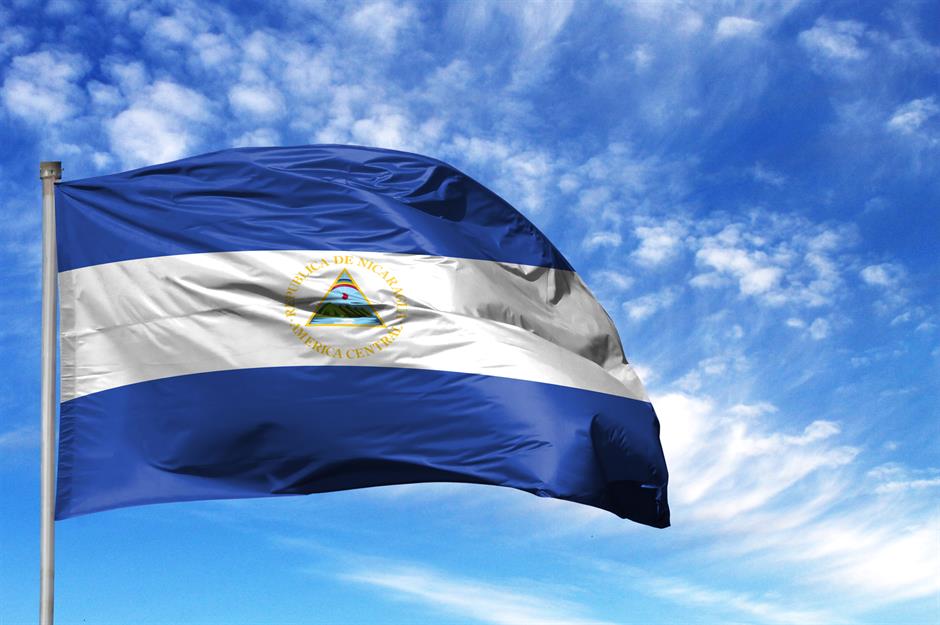
Most recently, the new government of Tuvalu – which is one of just 12 countries to have official diplomatic ties to Taiwan – has pledged to bolster its relationship rather than switch its allegiance to Beijing. But other nations have been changing course. In December 2021, for example, Taiwan's foreign minister accused China of putting pressure on his country's allies, a move that led Nicaragua to switch its allegiance from Taipei to Beijing.
As tensions intensify, will more countries offer support to Taiwan or jump ship to China? We'll soon find out.
Now discover what fixing the world's biggest problems would really cost
Comments
Be the first to comment
Do you want to comment on this article? You need to be signed in for this feature